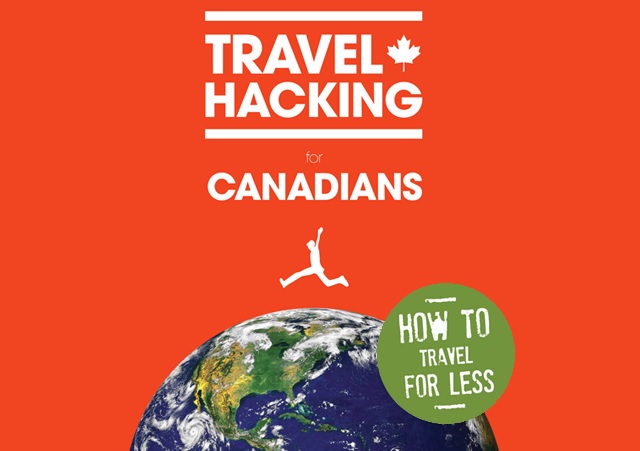You’ve probably seen the ads around everywhere: RBC will give you $50 visa gift card for a face-to-face opportunity to prove their bank can offer better products and services. I, genuinely interested in their services and more so the gift card, booked an appointment to check out the RBC Banking Statement Challenge, giving them the chance to pitch their timeshare. I went to visit a RBC branch near work during my lunch hour one day.
Okay, we’ve just tallied up our savings for 2014 to calculate our annual savings rate. We started the year with a goal to save 25% of our gross income, which would include our company contributions to our RRSPs, and maintain a monthly savings rate of 24% of our net income as per our 2014 budget. This is how we fared:
We like to go places. We value the many benefits of travel but it does cost money. It is, however, a misconception that travel is too expensive. Traveling costs as much or as little as you so decide. A coworker recently took a two week long vacation to Italy, totaling roughly $8k, and staying in hotels costing upwards of €200 a night in Rome. In contrast, we took a similar trip a few years back with our costs adding up to roughly $4500. Our accommodations cost €58 a night in the same city. A trip to Italy can cost even less- that is, if you opt out of a week-long painting course in Tuscany.
We pay for our travels through disciplined saving but much of it also comes from picking up little tricks from other travelers that help stretch our travelling dollar. That’s where travel hacking comes in. Travel hacking, combined with points redeemed from our travel reward credit card, increases our ability to travel by greatly reducing our travel costs. I was excited to gain new travel hacking ideas when Steven Zussino graciously offered Urban Departures a copy of his book Travel Hacking for Canadians to review and giveaway
There’s one thing in common for those looking to open a TD e-Series account by mail or by person: you’ll need to answer a couple questions in the Investor Profile Questionnaire. The purpose of the questionnaire is to assess the comfort level of the investor and to assign a general target asset allocation.
If you opt to mail in the application to open the e-Series account, you’ll need to fill out the application form. The form includes instructions on how to determine your recommended allocation and you can modify the answers as many times as you like to get the asset allocation that you want.
If you’re opening an e-Series account in person at a branch, a bank representative will take you through the questions. If you don’t get your desired asset allocation, you can ask the representative to change the answers until you get your desired allocation if they allow it.
Filling out the questionnaire can be a little tedious and was frustrating the first time I wanted to open an account. Let’s take the guess work out of the equation and answer the questions to get the asset allocation that you want.
Hard to believe the year’s almost over. It seems like only a few months ago that we were making our travel plans for 2014. Emily made it to Vegas for a bachelorette, we experienced Brazil during the world cup on the (relatively) cheap and made good on our budding tradition to take some time off at a cottage. We were three for four, with Washington left to go.
Our original plan was to visit Washington on Aeroplan points. We signed up for a TD Aeroplan Infinite Visa card for the welcome bonus points with the intent of redeeming a 2 for 1 promotion on a short haul flight. This is how it went.





